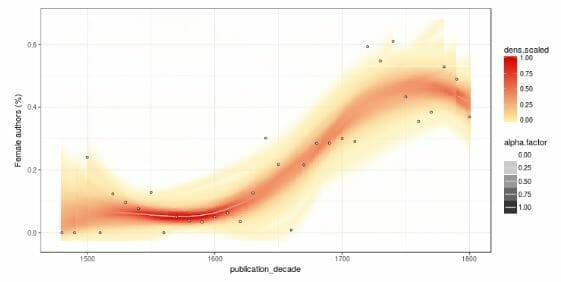By Seth Cayley, Gale Vice President, Gale Primary Sources. Seth collaborates with our US product teams to direct Gale’s international archive programme.
In January, I had the pleasure of attending the annual British Society for 18th Century Studies (BSECS) Conference. This is one of the liveliest academic conferences that I attend, and always features a diverse array of sessions. Amongst my personal highlights from this year’s conference were a thought-provoking panel on Black Georgians, and a plenary lecture on the culture of letter-writing between women.



